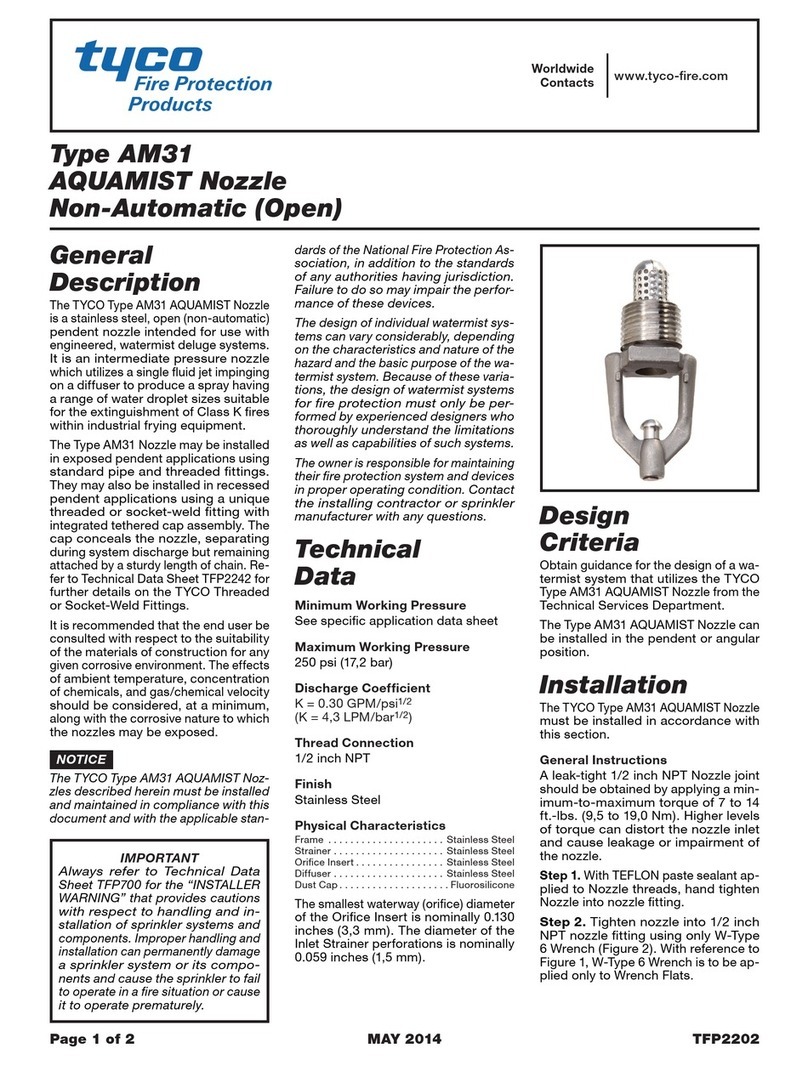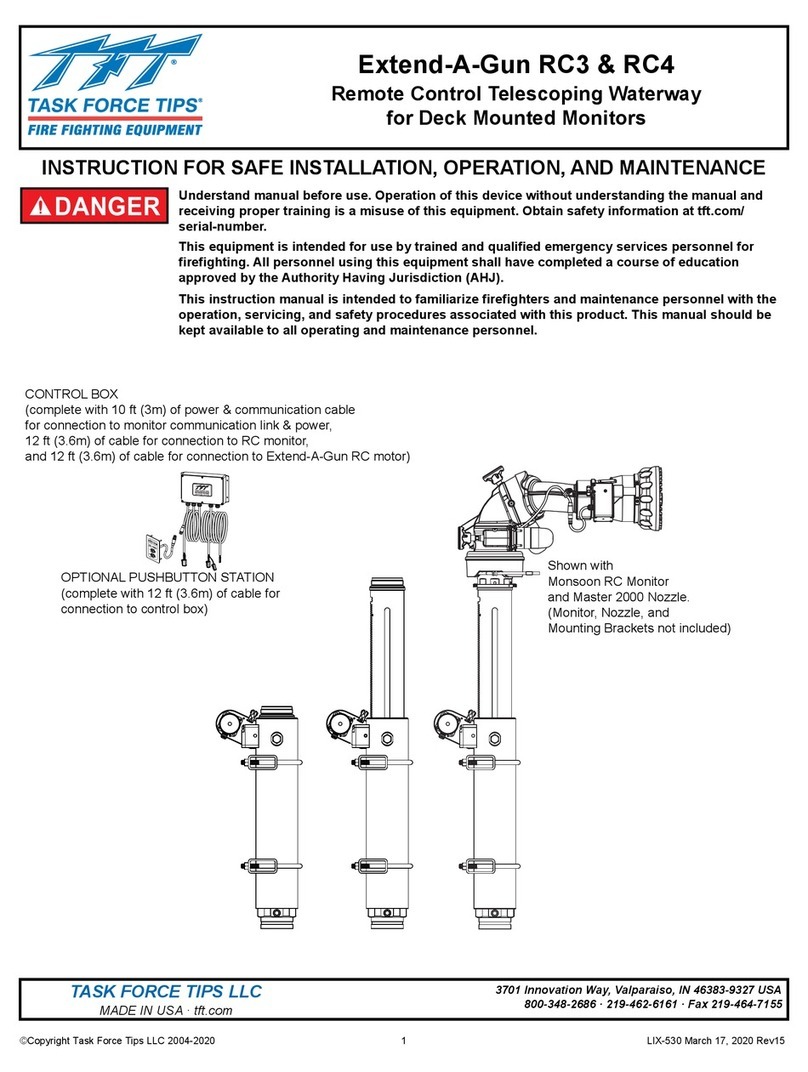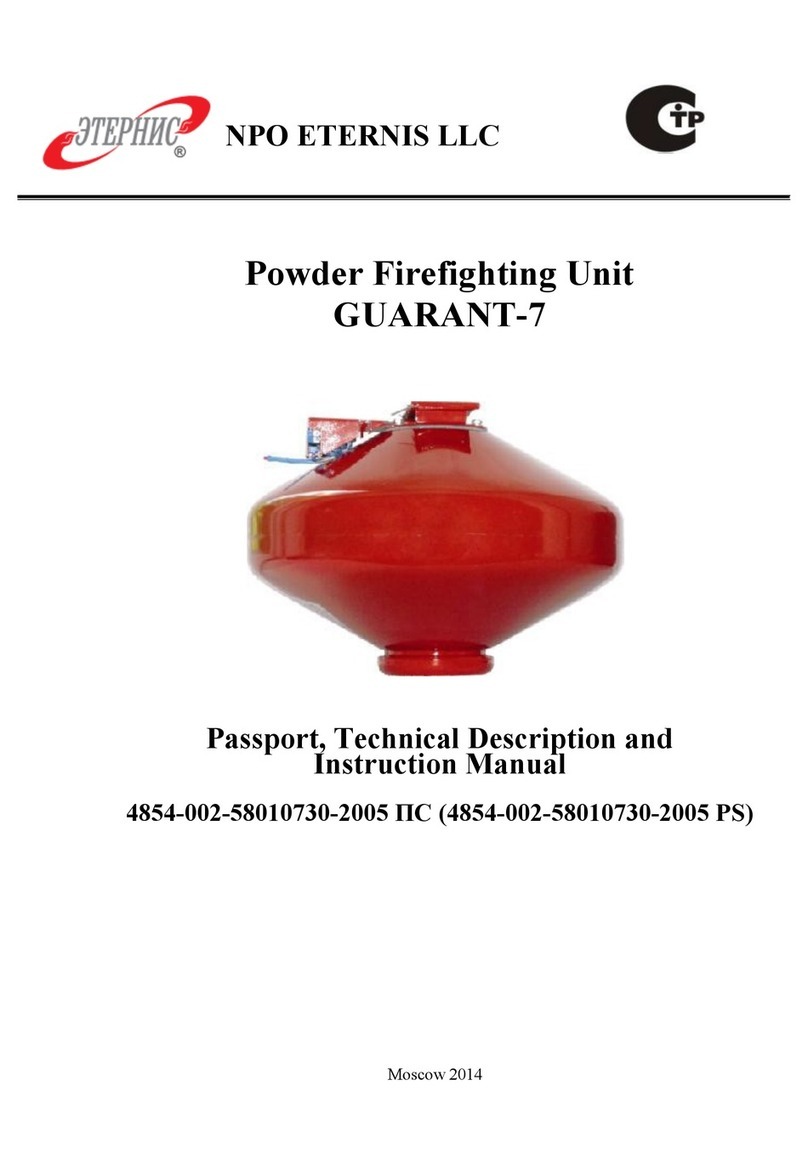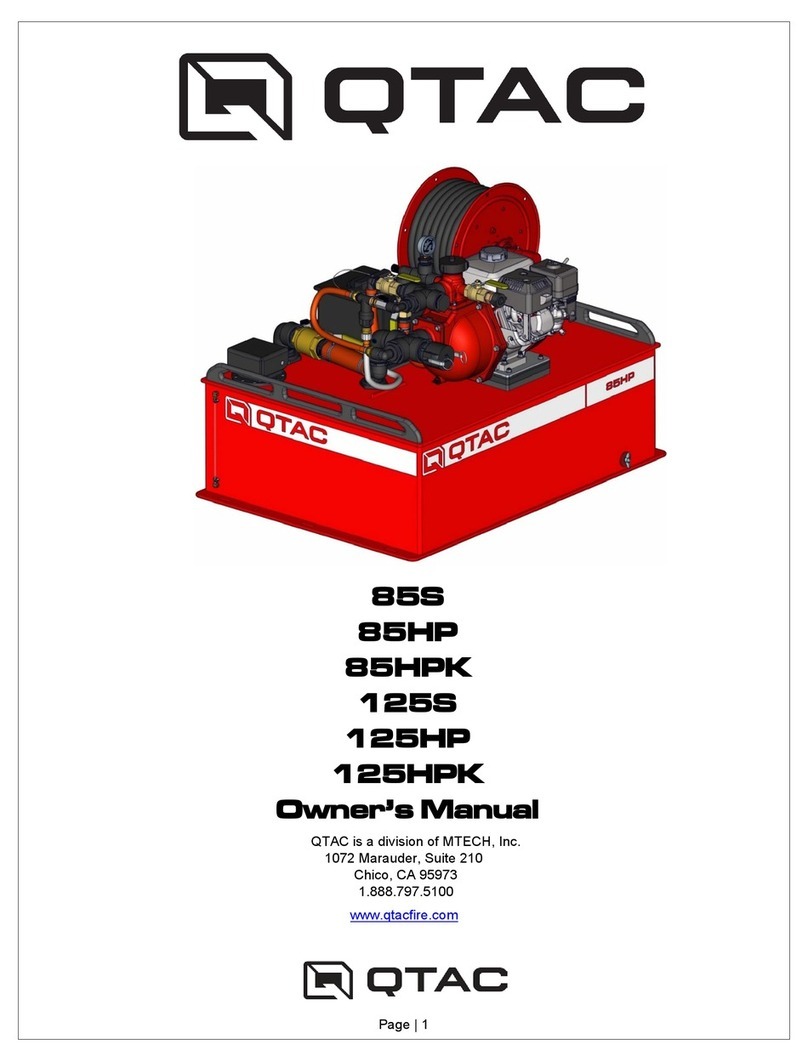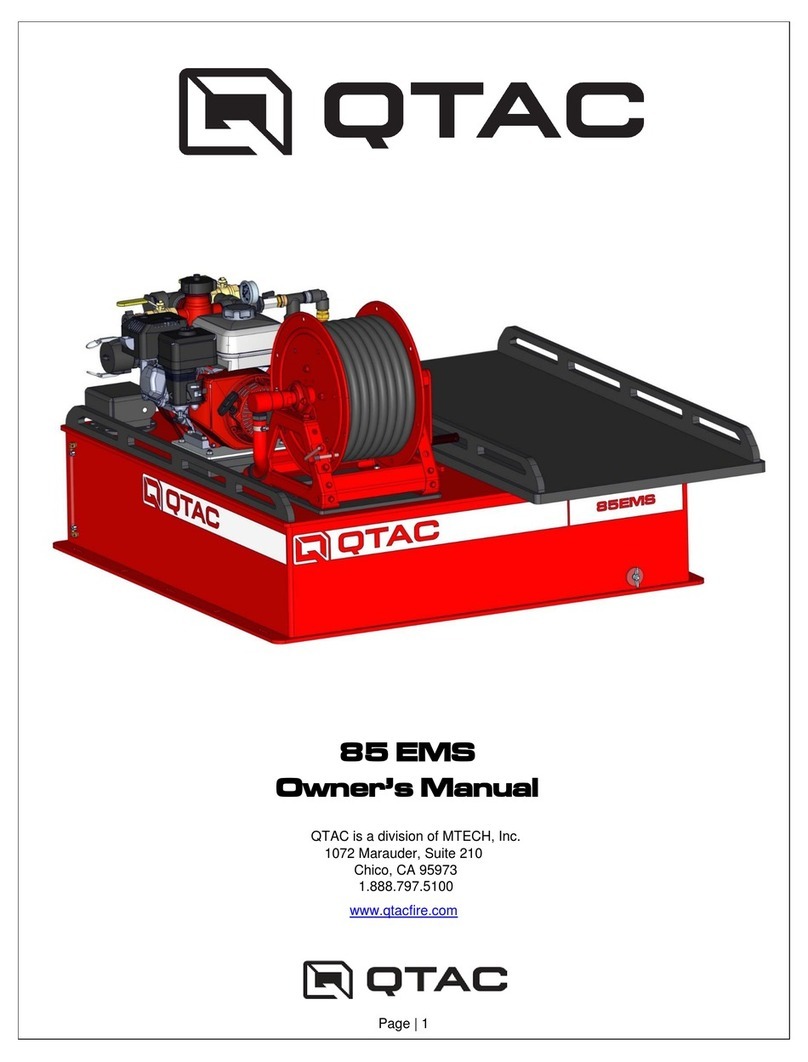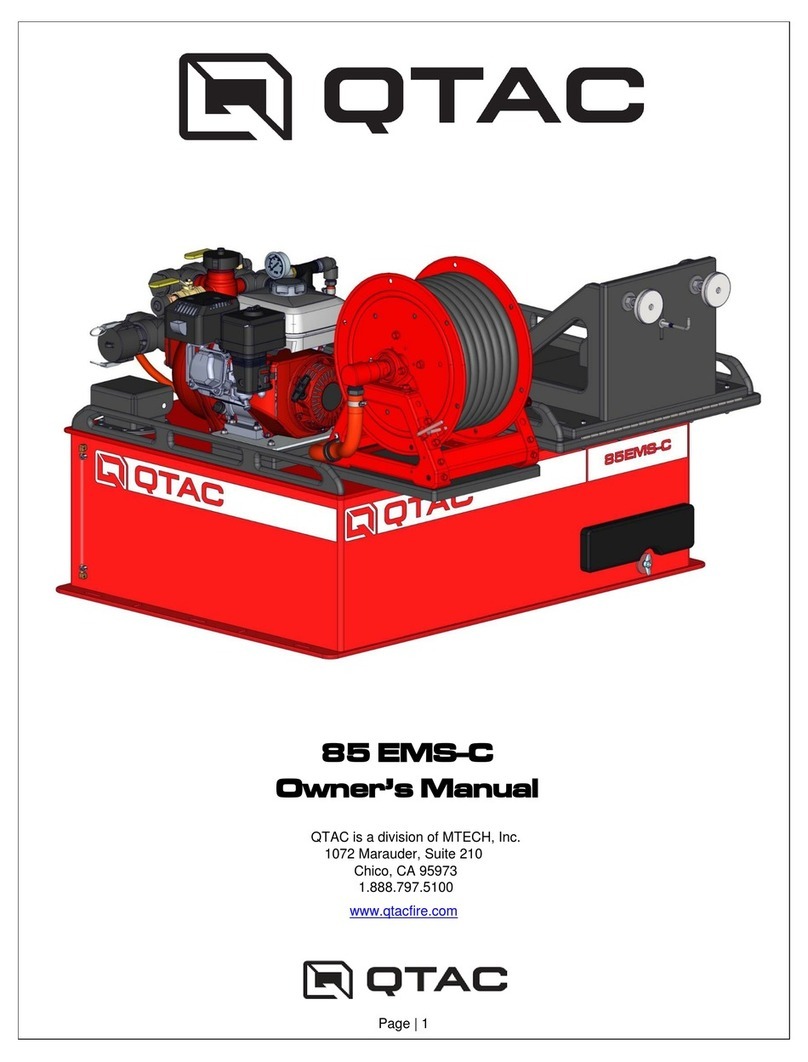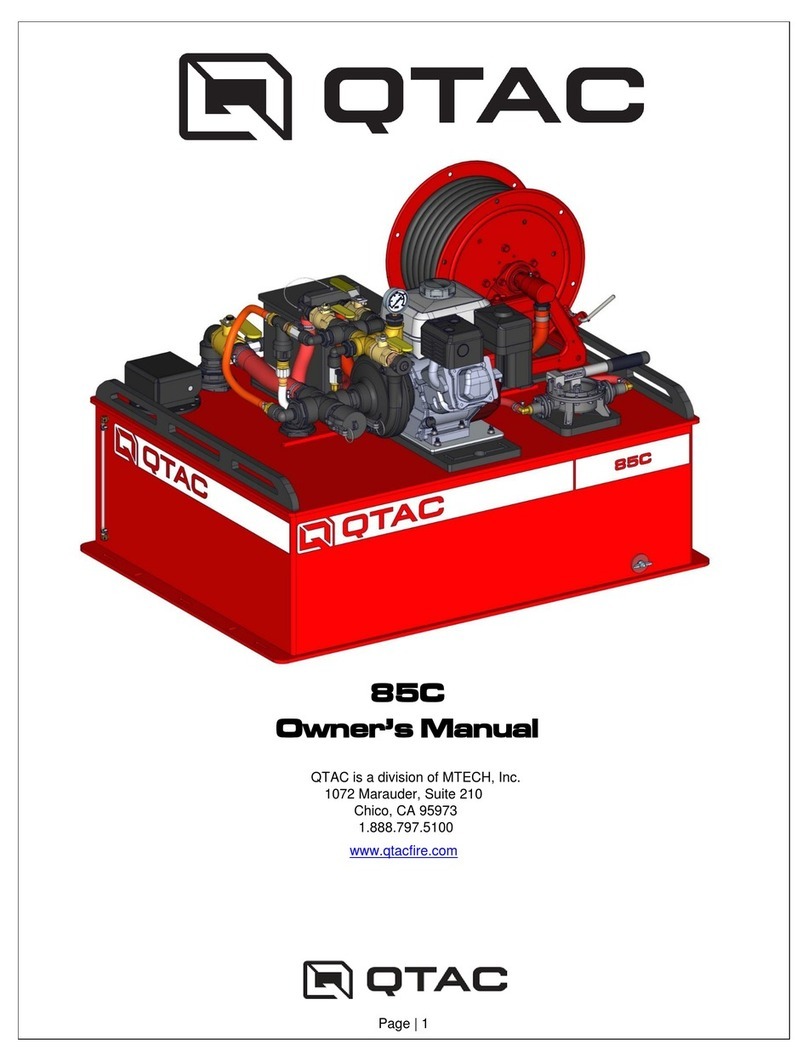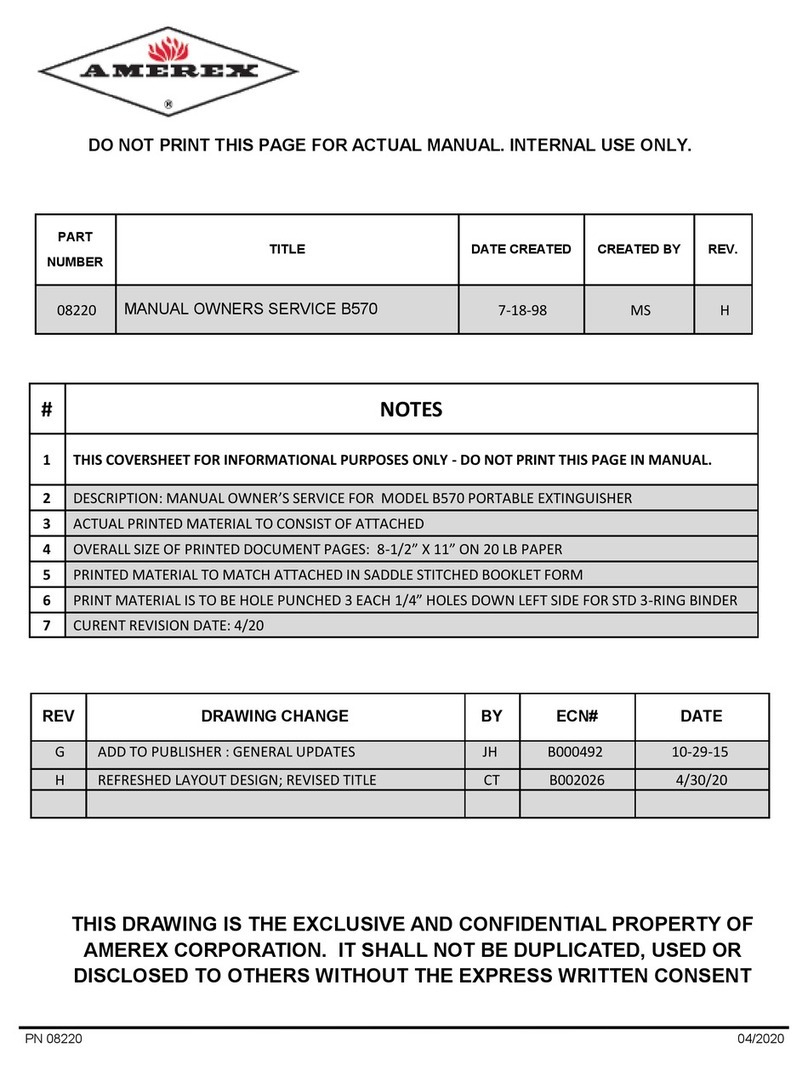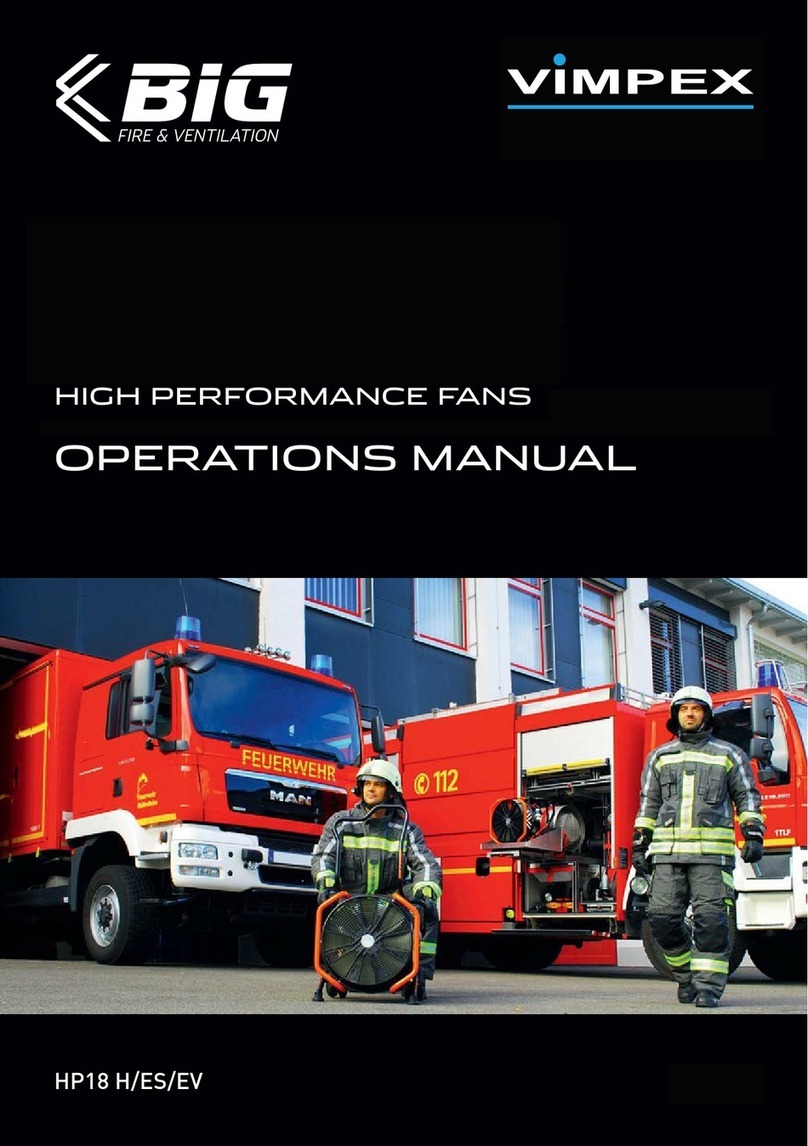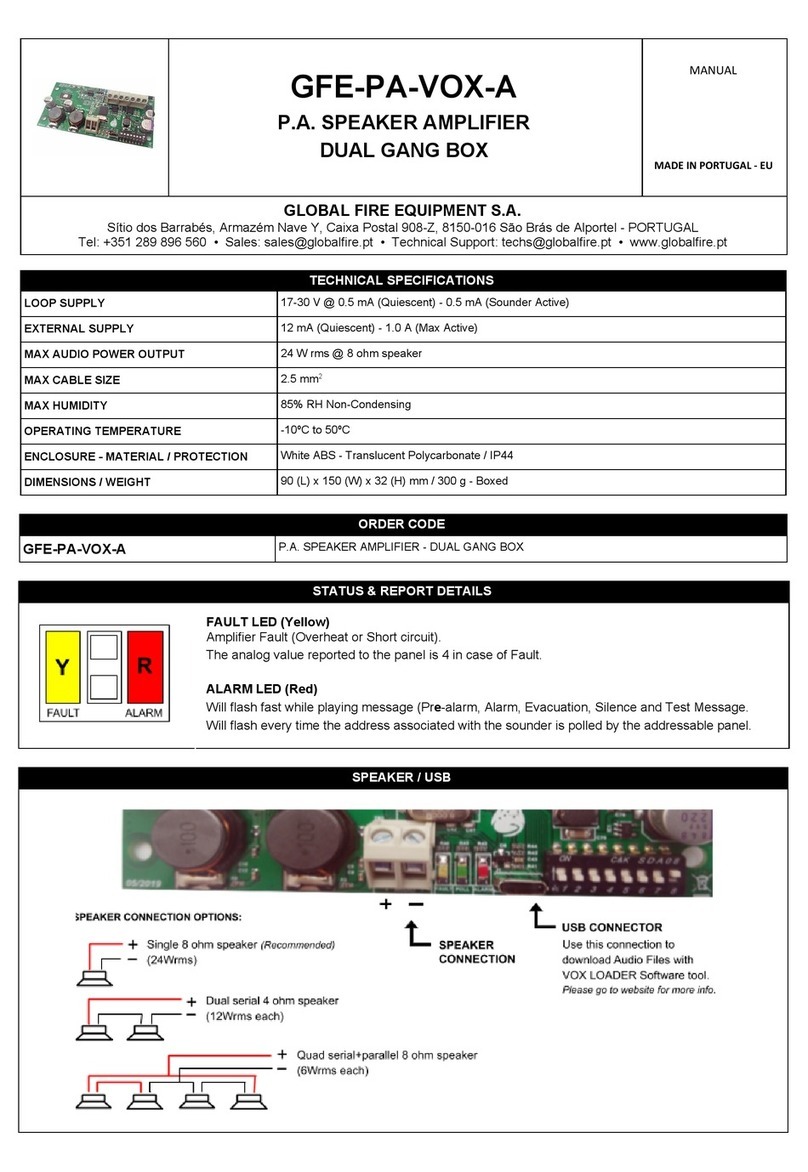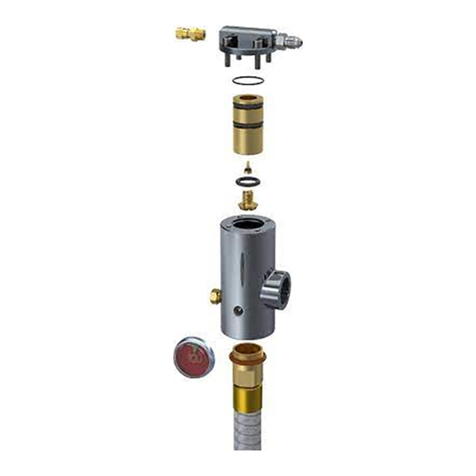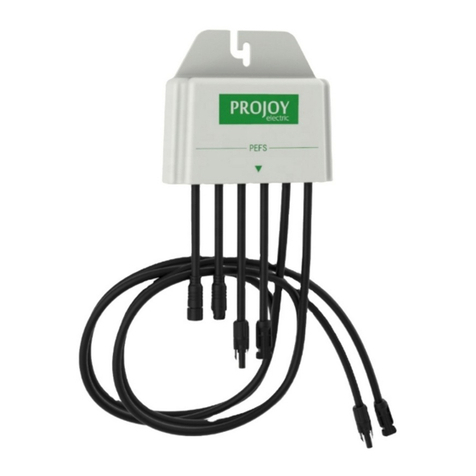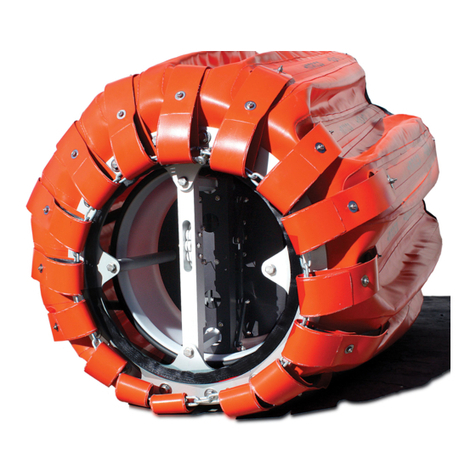Page | 2
Table of Contents
GETTING TO KNOW YOUR QTAC..................................................................................3
TRANSPORTING YOUR QTAC.......................................................................................6
Gross Vehicle Weight Rating.........................................................................................6
General QTAC Mounting and Fastening........................................................................6
Special Precautions for Carrying a QTAC on Ride-On ATVs or Side-By-Side UTVs ....7
OPERATING YOUR QTAC...............................................................................................8
Before Starting Up Your QTAC......................................................................................8
PUMP OPERATION..........................................................................................................8
Tank Fill Requirements:.................................................................................................8
Tank Fill Through the Fill Tower ....................................................................................8
Starting the Engine........................................................................................................9
Pumping Using the Tank Water Supply.........................................................................9
DRAFT PROCEDURES....................................................................................................9
Drafting From an Auxiliary Water Source ......................................................................9
Pumping While Drafting From an Auxiliary Water Source ...........................................10
STOPPING YOUR QTAC...............................................................................................10
STORING YOUR QTAC .................................................................................................11
General Storage ..........................................................................................................11
SPECIAL QTAC OPERATION........................................................................................11
Using More Than Water in Your QTAC .......................................................................11
SERVICING YOUR QTAC..............................................................................................12
Cleaning Your QTAC...................................................................................................12
Protecting Your QTAC.................................................................................................12
Routine QTAC Maintenance........................................................................................12
TROUBLESHOOTING YOUR QTAC..............................................................................12
The Pump Engine Will Not Start..................................................................................12
The Pump Will Not Build Water Pressure....................................................................13
Water Will Not Discharge From The Discharge Hose..................................................13
The Pump Engine Runs Erratically..............................................................................14
TECHNICAL SPECIFICATIONS.....................................................................................14
ADDITIONAL REFERENCES......................................................................................15
WARRANTY ...................................................................................................................16
